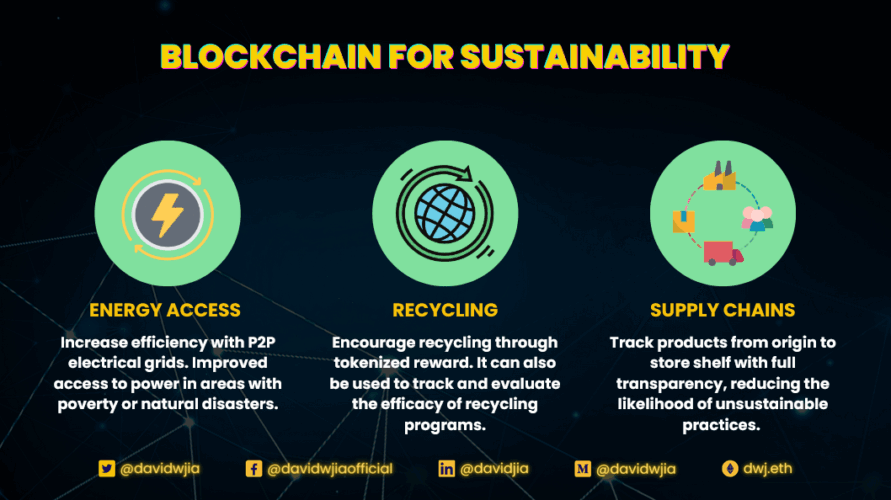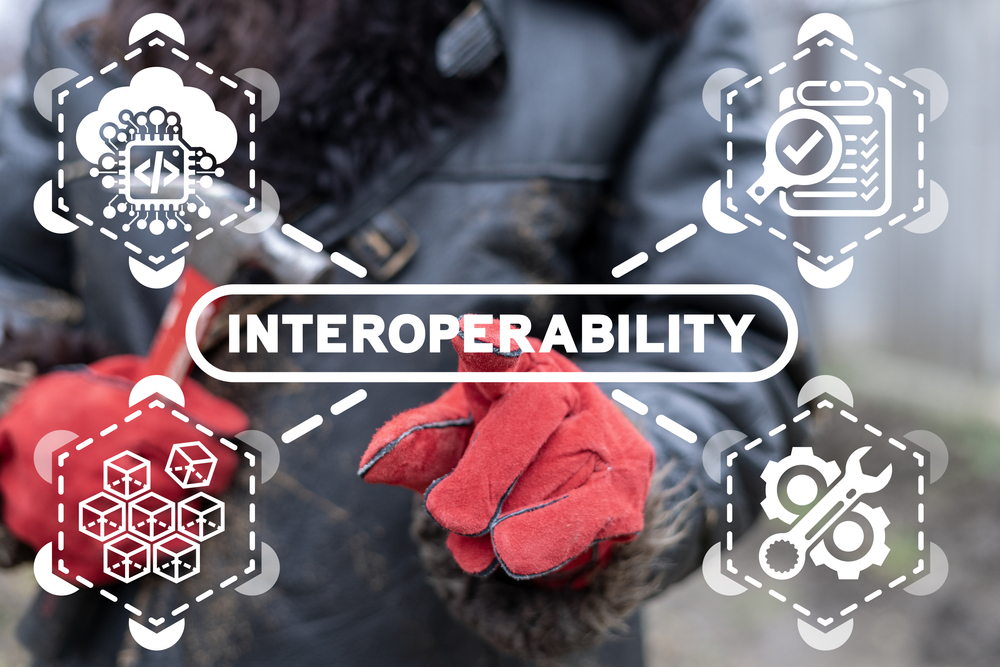
The rise of NFTs has been nothing short of meteoric, capturing the imagination of artists, gamers, and collectors worldwide. Yet, alongside this growth has come a stark reality check: the environmental impact of blockchain technology. Early NFT platforms, primarily running on proof-of-work networks like Ethereum, were energy-intensive, drawing criticism from environmentalists and investors alike. The question is no longer whether NFTs are revolutionary—it’s whether they can be sustainable.
The Environmental Dilemma of NFTs
Blockchain networks rely on consensus mechanisms to validate transactions and maintain security. Proof-of-work (PoW), used by early Ethereum and Bitcoin networks, requires massive computational power, translating into significant energy consumption. Minting a single NFT during the height of Ethereum’s PoW era could consume energy equivalent to several days of household electricity, leaving a visible carbon footprint.
This environmental cost sparked debates across the crypto community. While blockchain proponents highlighted decentralization and security, critics argued that the NFT boom was unsustainable if it continued on energy-heavy networks.
Proof-of-Stake: A Greener Alternative
The transition to proof-of-stake (PoS) networks has offered a solution. PoS eliminates the need for energy-intensive mining by allowing validators to secure the network through staked tokens instead of computation-heavy processes. Ethereum’s shift to PoS via “The Merge” reduced its energy consumption by over 99%, setting a precedent for sustainable NFT minting and trading.
Other blockchains, like Tezos, Solana, and Flow, were designed with efficiency in mind from the start. Their low-energy protocols have made NFT creation and transactions significantly greener, opening the door for environmentally conscious collectors and creators.
Carbon Offsets and Eco-Friendly Initiatives
Beyond changing consensus mechanisms, the NFT ecosystem is exploring carbon offsets and green initiatives. Platforms like Aerial, Offsetra, and KlimaDAO allow creators and collectors to calculate the carbon footprint of minting NFTs and purchase offsets to neutralize it. Some marketplaces, including Hic et Nunc and Objkt, have embraced eco-friendly chains and carbon-neutral minting options as a standard.
Brands entering the NFT space are also taking sustainability seriously. Luxury fashion labels, environmental organizations, and even music artists are issuing NFTs with carbon-conscious practices, signaling a growing demand for responsible digital ownership.
NFTs Driving Environmental Awareness
Interestingly, NFTs themselves are being leveraged to promote environmental causes. Eco-themed NFT collections are raising funds for reforestation, clean energy, and conservation projects. By coupling ownership with purpose, these initiatives demonstrate that NFTs can be more than collectibles—they can become tools for positive change.
The Road Ahead: Balancing Innovation and Responsibility
Sustainability in NFTs is no longer a niche concern; it’s a prerequisite for long-term adoption. The industry faces three critical areas of focus:
- Technology: Expanding PoS adoption, scaling Layer 2 solutions, and exploring hybrid consensus models to reduce energy usage.
- Transparency: Providing clear data on energy consumption and carbon impact to empower eco-conscious buyers.
- Incentives: Rewarding creators and collectors who adopt green practices, fostering an ecosystem where sustainability is economically and socially valuable.
Final Thoughts
NFTs and blockchain technology are at a crossroads. The potential for innovation, community building, and digital ownership is immense, but so is the responsibility to ensure environmental sustainability. The convergence of PoS networks, carbon offsets, and eco-conscious practices suggests that the industry can reconcile digital creativity with green tech.
The era of sustainable NFTs is here, proving that blockchain doesn’t have to come at the planet’s expense. The challenge now is for creators, collectors, and platforms alike to commit to practices that make digital ownership truly sustainable—because the future of NFTs isn’t just about art or utility; it’s about responsibility, impact, and the planet we all share.







